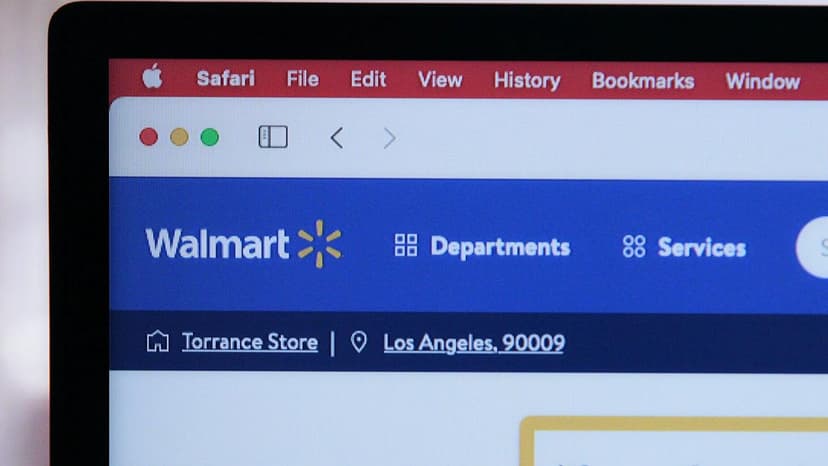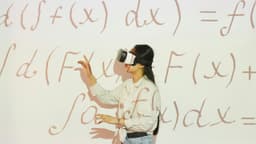Reinforcement Learning vs Supervised Fine-Tuning: Key Differences
AI and machine learning are rapidly changing how we solve problems, with various techniques offering different solutions. Among the most talked about methods are reinforcement learning and supervised fine-tuning. Both are widely used in AI development but differ significantly in how they approach learning, adaptation, and optimization. In this article, we’ll explore how these two techniques work, where they shine, and what sets them apart.
What is Reinforcement Learning?
Reinforcement learning (RL) is a machine learning technique where an agent learns to make decisions by interacting with its environment. The agent takes actions and receives feedback in the form of rewards or penalties, which guide its future actions. The goal of the agent is to maximize the cumulative reward over time.
In this approach, the agent doesn’t have a dataset to learn from initially. Instead, it explores various actions and learns from the outcomes. Think of it like training a dog: the dog tries different actions, and based on how it’s rewarded, it learns to repeat the desirable behaviors.
Key Characteristics of Reinforcement Learning
- Exploration and Exploitation: RL agents explore their environment to discover the best actions and exploit this knowledge for maximum rewards.
- Trial and Error: The learning process in RL heavily depends on the agent’s experience through trial and error.
- Long-term Planning: Agents often need to plan ahead to achieve the most significant rewards in the long run, not just immediate benefits.
Common applications of reinforcement learning include robotics, gaming (like AlphaGo), and autonomous driving. These applications require agents to operate in dynamic environments and make decisions in real-time based on evolving conditions.
What is Supervised Fine-Tuning?
Supervised fine-tuning is a method used to adjust a pre-trained model based on a specific, labeled dataset. Unlike RL, where the agent learns through interactions and feedback from an environment, supervised fine-tuning involves adjusting a model's parameters with known outputs. The process is similar to teaching a student with a textbook, where the correct answers are already provided, and the goal is to help the model adapt to a narrower task or specific problem.
Fine-tuning is commonly used when a general model (trained on a large dataset) needs to be specialized for a particular application. For example, a pre-trained image recognition model might be fine-tuned to recognize specific objects, like types of vehicles or diseases in medical scans.
Key Characteristics of Supervised Fine-Tuning
- Pre-training and Specialization: Fine-tuning starts with a model that already has generalized knowledge, and it tailors this knowledge to a specific task.
- Labelled Data: It requires a labeled dataset, where each input comes with a known output, to adjust the model’s weights.
- Faster Convergence: Fine-tuning typically requires less data and time compared to training a model from scratch since it builds on existing knowledge.
Supervised fine-tuning is most useful when you already have a solid base model and want to adapt it to a new, specialized task without starting over. It’s widely used in areas like natural language processing, where models like GPT or BERT can be fine-tuned for specific industries or applications.
Key Differences Between Reinforcement Learning and Supervised Fine-Tuning
Both methods serve unique purposes, but they differ in how they approach problem-solving and the type of data they require.
Learning Approach
- Reinforcement Learning: The agent learns through trial and error by receiving feedback from the environment. There is no explicit "correct answer" to aim for during training, making it suitable for problems requiring dynamic decision-making.
- Supervised Fine-Tuning: The model adjusts based on a dataset with predefined correct answers. It learns by adjusting its parameters to match the expected output, making it ideal for tasks where clear labels exist.
Type of Data
- Reinforcement Learning: It uses interactive, real-time data that allows the agent to test different actions in various scenarios. The agent learns from both successes and failures.
- Supervised Fine-Tuning: This technique requires a labeled dataset, meaning the desired outcomes are already known. The model improves by adapting to this specific data.
Complexity and Time
- Reinforcement Learning: RL can be computationally intensive and time-consuming, especially when learning from scratch. The agent may need to explore many actions and environments to find the most effective strategies.
- Supervised Fine-Tuning: Fine-tuning is usually quicker because the model already has a foundation of general knowledge. With fewer iterations and adjustments, it can specialize in a specific task efficiently.
Application Areas
- Reinforcement Learning: Works best in dynamic, interactive settings where the model needs to make decisions over time, such as in gaming, robotics, and autonomous systems.
- Supervised Fine-Tuning: More suited for tasks where there is a clear labeled dataset to train the model, such as image classification, sentiment analysis, or medical diagnosis.
When to Use Which?
Deciding between reinforcement learning and supervised fine-tuning depends on the problem at hand. If the task requires long-term decision-making, real-time interaction, or operates in an uncertain environment, reinforcement learning is often the better choice. On the other hand, if the problem can be defined by a labeled dataset with a clear output, supervised fine-tuning can provide a more efficient solution.
For example, if you're building a system to play chess, reinforcement learning would be more effective due to its ability to optimize moves through repeated interactions with the game. But if you're working on a task like detecting whether a picture contains a cat, fine-tuning a pre-trained image recognition model on a labeled dataset would be a faster and more appropriate method.
Both reinforcement learning and supervised fine-tuning are powerful tools in the AI toolbox, but they serve different purposes. RL is ideal for dynamic environments where an agent needs to learn by interacting with the world, while supervised fine-tuning works best when adapting existing models to specific tasks with clear, labeled data. Understanding these distinctions can help you choose the right technique for your particular application, improving both efficiency and results.












